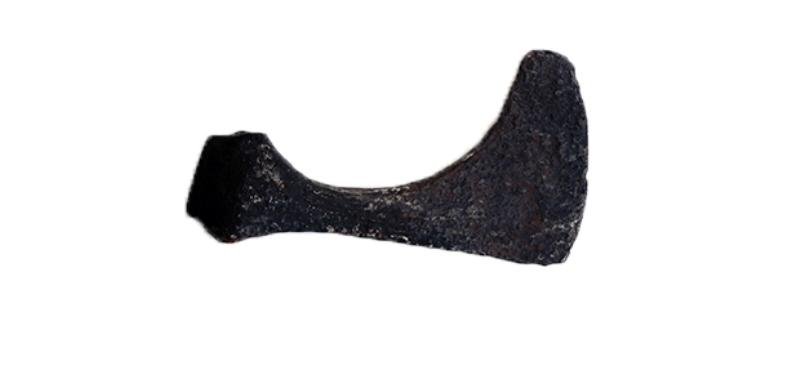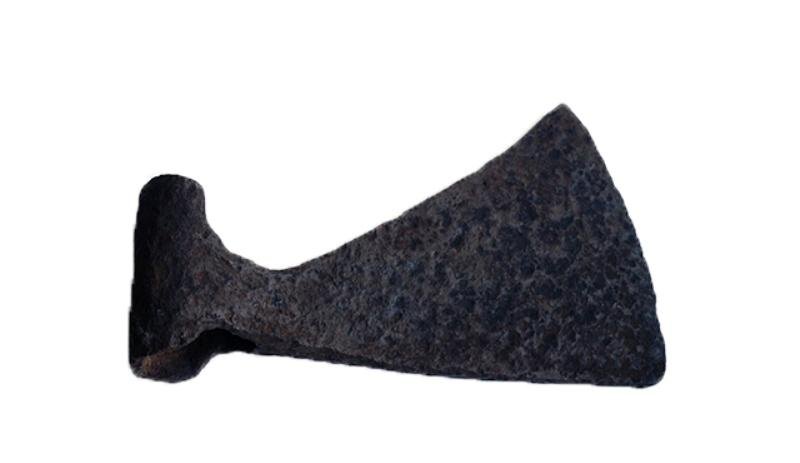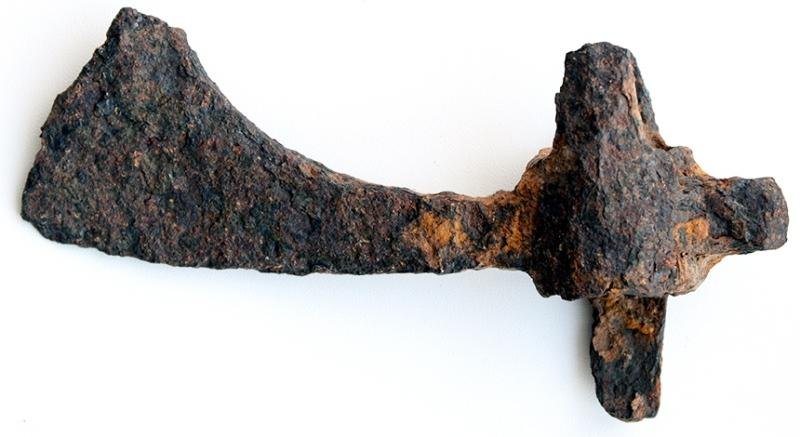Once a particularly clever soldier used this object to cook porridge. Many nations of the world considered it an attribute of the pagan gods. Usually it was associated with signs of power and authority. Belorussian people endowed this tool with the magical properties of a charm in the past. All of the above refers to one of the most ancient inventions of man - the axe. A tool consisting of an axe and a blade or an axe itself and recognizable in all parts of the world exists for at least 30,000 years.
Even in antiquity the axe became a universal tool – it was used for either economic purposes and craft activities or as a weapon. First written references of using an axe as a weapon among the Slavic tribes date back to the 8th century. The greatest variety of forms of battle axes on the lands of Ancient Russia is observed in the 10th century. Then from the 12th century the tendency towards uniformity in the production of axes was increasing and its military use was decreasing. However, in the 14th century with the development and improvement of heavy armor the axe again occupies a significant place in the combat complex. However, a battle axe is associated with infantry. In ancient Russia warriors were not the only ones armed with axes. Representatives of people's militia could also use working axes as a weapon. Battle axes were also the most common weapon in pre-Mongolian tombs.
At the museum of Local Lore any visitor can see the examples of battle axes of the 11th-15th centuries. Especially attentive guests may notice a small hole in the blade of one of the axes. This tool belongs to the so-called beard-view axes, and the hole on the blade was used to fasten a special cloth cover that protected the warrior from accidental injury during the campaign. Three of the five axes got to the museum collection from individuals, one of them was found in the mound during archaeological research, and the axe with a hole in the blade was transferred in 1959 from the depository of Grodno Historical and Archaeological Museum.




